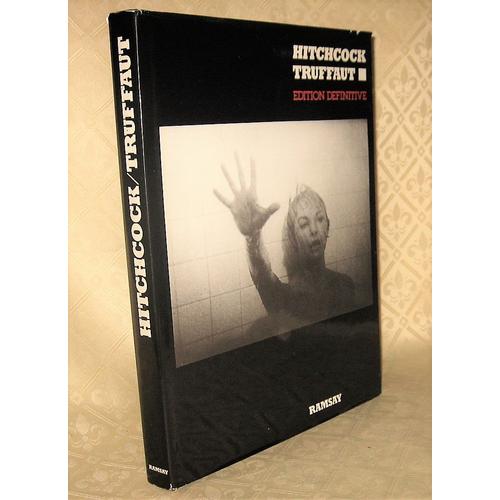

Instead, in his weekly writings at Arts, he supplied his thoughts on the subject gradually, in more than four hundred articles and reviews between 19. He also was scheduled to write, for Cahiers, a theoretical exposition of the politique des auteurs. His instant prominence–or, rather, notoriety-got him hired to write criticism for the popular, right-wing-leaning weekly Arts Spectacles. There, Truffaut, the youngest writer in the group, depicted the French film industry as a virtual cinematic Sodom and Gomorrah of artistic iniquity, and rescued only eight filmmakers from the wreckage (Jean Renoir, Robert Bresson, Jean Cocteau, Jacques Becker, Abel Gance, Max Ophüls, Jacques Tati, Roger Leenhardt). In January, 1954, the magazine published a diatribe by the twenty-one-year-old Truffaut, two years in the making, called “A Certain Tendency of the French Cinema.” It travelled through the local industry as a revolutionary shot across the bow.


In practice, they wrote enthusiastically about the work of directors around the world-and also extolled new movies of many Hollywood directors working within the studio system. Before that, he had been one of a group of young critics, along with his friends Jean-Luc Godard, Jacques Rivette, and Claude Chabrol, at the film magazine Cahiers du Cinéma, where they (along with an editor, Éric Rohmer) propounded the “politique des auteurs”-the policy or politics of auteurs. Truffaut gave the French New Wave its international launch with the success of his first feature, “The 400 Blows,” in 1959, when he was twenty-seven years old. (Also, because it’s a French term, it suggests an air of élitist exoticism that itself elicits resistance or adherence for reasons beyond its actual meaning.)Ī new, copious yet tightly focussed collection of the writings of François Truffaut, “Chroniques d’ Arts Spectacles 1954-1958” (published by Gallimard), goes back to the source and illuminates the spark behind the term and the purpose that it serves. But in a field that involves a collaboration between many artists, from actors and writers to editors and designers, the notion of the auteur is not intuitive. In all cases, it suggests that the directors’ work is key to a movie’s artistic identity. It’s sometimes used as a power move to assert the responsibility of producers and studios to defer to directors’ ideas, and sometimes as an exhortation to critics to go beyond the corporate impersonality of a film to recognize the personal artistry behind it. There’s no critical term more bedevilled than “auteur.” It’s used sometimes as an honorific, to praise directors with a strong artistic mark, and sometimes merely as a description, to suggest that directors bear the ultimate responsibility for a movie’s quality (or lack of it).


 0 kommentar(er)
0 kommentar(er)
